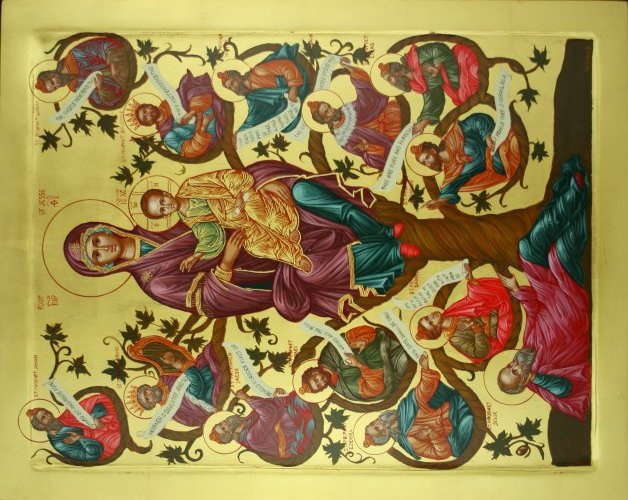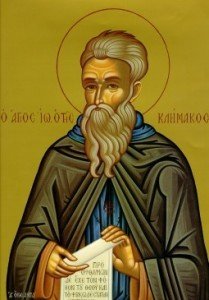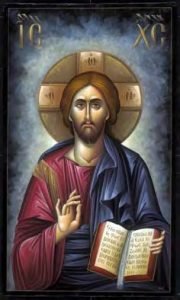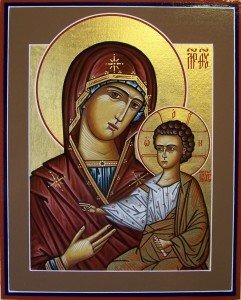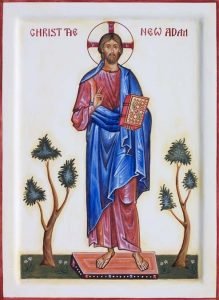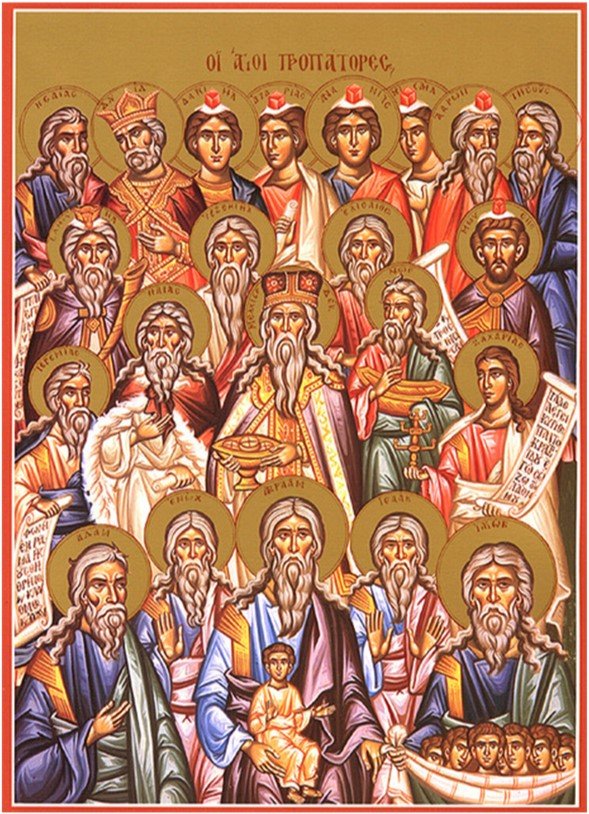 Step 28 on John’s Ladder is PRAYER. Prayer is by nature, according to St. John, a dialog and a union of man with God. Its effect is to hold the world together. It achieves a reconciliation with God. It is a bridge across temptation, a bulwark against affliction. Prayer is future gladness, action without end, wellspring of virtues, source of grace, hidden progress, food for the soul, enlightenment of the mind, an axe against despair, sorrow done away with and hope demonstrated.
Step 28 on John’s Ladder is PRAYER. Prayer is by nature, according to St. John, a dialog and a union of man with God. Its effect is to hold the world together. It achieves a reconciliation with God. It is a bridge across temptation, a bulwark against affliction. Prayer is future gladness, action without end, wellspring of virtues, source of grace, hidden progress, food for the soul, enlightenment of the mind, an axe against despair, sorrow done away with and hope demonstrated.
For most Christians, prayer is something we do at certain times of day, and it is an important part of Christian life. But for the saints, prayer is not merely a part of life, it IS their life: it imbues their very being and is present in every action.
Many think of prayer as “speaking to God,” but as St. John points out, prayer is not a monologue, but a dialogue.
So how can we learn to converse with God? In other words, how can we learn to pray? This is not a strange question to ask. When Christ’s disciples asked Him to “teach us to pray,” as John also taught his disciples, He respond with the prayer, Our Fa-ther.
Ever since then, the Lord’s Prayer has held a central place in Christian worship. This prayer teachers us to pray not only be giving us words to say, but by showing us how we should approach the act of prayer and how and what we should pray for:
Praise and Adoration
“Hallowed be Thy Name”
Hope and Expectation
“Your Kingdom come”
The Acceptance of God’s Will
“Your will be done on earth as it is in heaven.”
Praying Only for Our Common Needs
“Give is this day our daily bread”
Praying for forgiveness
“And forgive us our sins as we forgive others”
Praying for Help
“Lead us not into temptation but deliver us from evil.”

